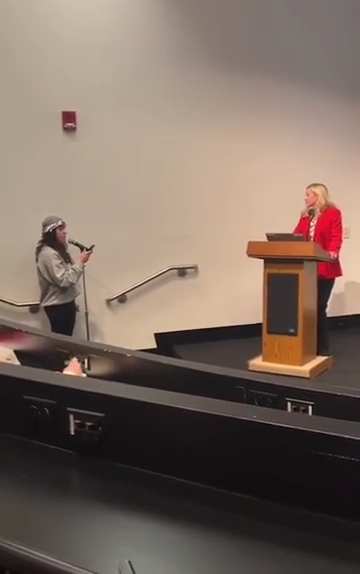
The Suffolk County government approved Legislator Jay Schneiderman’s proposal for Stony Brook University’s School of Atmospheric and Marine Sciences to conduct research on the cooling systems used at Millstone Nuclear Facility in Connecticut.
On March 24, the legislature approved the funding of nearly $80,000 by 11 out of 16 votes.
Millstone Power Plant, the largest nuclear facility in New England, is located in Waterford, Connecticut, just miles away from Long Island’s coast. It came to Schneiderman’s (I-Montauk) attention that the Long Island Sound experienced a major change in temperature in recent years. The rising water temperatures caused cold-water fish species like Atlantic herring, winter flounder and lobster to migrate elsewhere and according to Schneiderman, this could affect a billion dollar industry.
Some legislators see the research SoMAS will be conducting as necessary to keep the environment in tip top condition, like Sarah Anker (D-Mount Sinai).
“I am very much in support of Legislator Jay Schneiderman’s resolution to provide funding for Stony Brook to research water temperature fluctuations near the Millstone Power Plant,” Anker said in an email. “We must do everything in our power to protect our environment which in turn affects our health and the well being of future generations.”
Legislator Monica Martinez (D-Brentwood) also voted in favor of this research. “I believe the study is of great importance,” Martinez said in an email. “It is our fiduciary responsibility to protect the residents of Suffolk County and if we can be at the forefront of ensuring our waters are protected from pollution arising from neighboring areas, then we are a step ahead.”
Other legislators saw the study as a waste of funds. Schneiderman said some county representatives expressed concern the funding for this study will take away the resources for other water quality control projects.
According to Schneiderman’s research, the nuclear reactors used at Millstone give off 15 million Btus, or British thermal units, of heat each hour, which could be the culprit for the changing ecosystem.
Associate Dean of SoMAS Larry Swanson said it is not yet determined when the study will begin. Schneiderman said the study should take approximately four months and finish by September, in time for the expiration of Millstone’s Clean Water Act permit. If renewed, the plant will be granted another five years with its license.
The Clean Water Act states, “Waste treatment management plans and practices shall provide for the application of the best practicable waste treatment technology before any discharge into receiving waters, including reclaiming and recycling of water, and confined disposal of pollutants so they will not migrate to cause water or other environmental pollution and shall provide for consideration of advanced waste treatment techniques.”
According to Schneiderman’s findings, Millstone uses a method of cooling known as the “once-through” method. This process pumps two billion gallons of water through the plant each day to discard excess heat that comes with producing electricity for nearly half the homes in Connecticut. The nuclear coolers would be the best and most expensive device available, which could cost Millstone billions of dollars.
The plant has been fully compliant with providing necessary research to the school about the issues at hand, according to Millstone spokesman Ken Holt.














